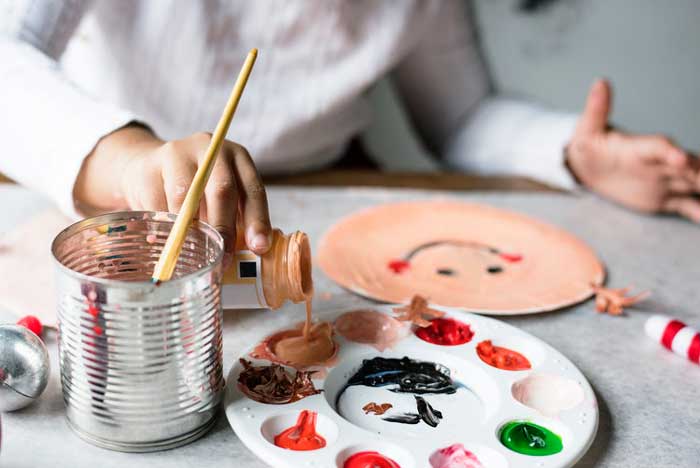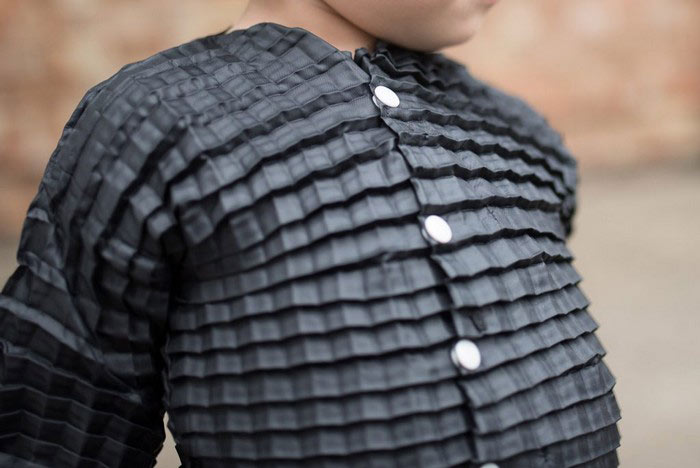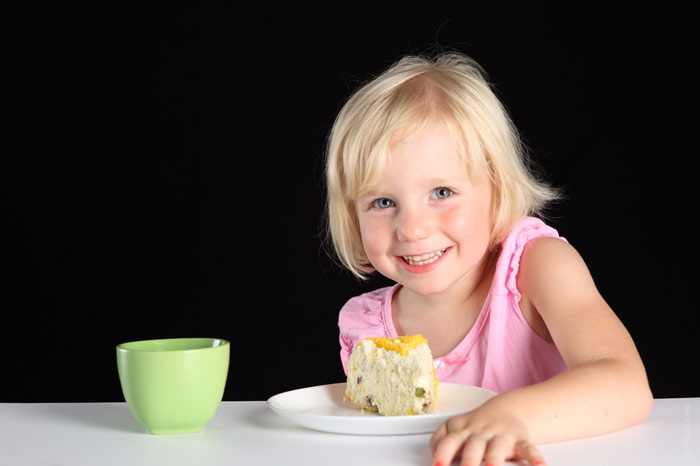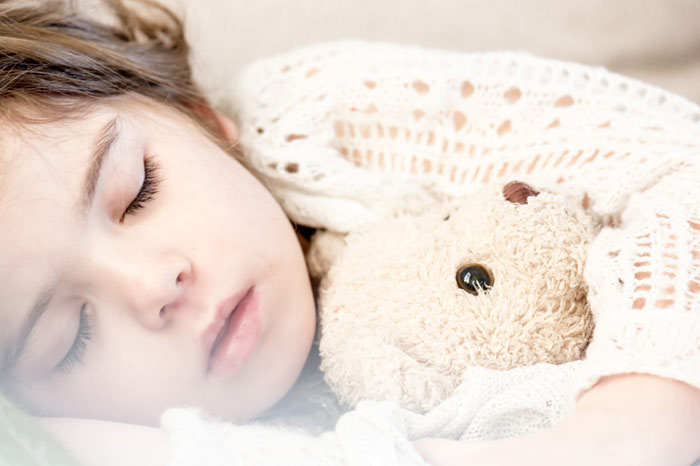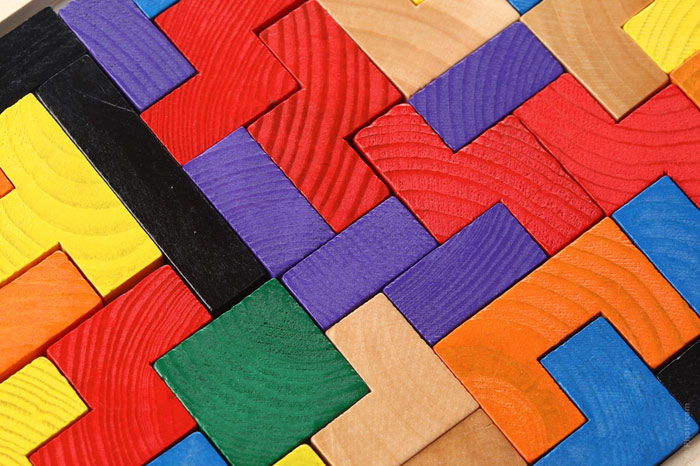How to Help Children Get More Independent?
It may seem that there is nothing more desirable and convenient for a parent than an independent child. Often you can hear someone saying they would like their child to be more independent – dress himself, eat by himself or entertain himself. But in practice, everything is not so simple. Moms and dads are faced with the fact that independence leads to the freedom of decision-making, and the views of children and adults on the need or correctness of some actions do not always coincide. It is important to understand that the more often a child gets the right to exercise independence, the less he is ready to stay within the existing limits. From the point of view of the harmonious development of an individual, there is nothing bad in this, but parents are not always ready to accept this fact.
 The problem is that the traditional system of upbringing treats the child not as a full member of the family or society, but as a dependent, unreasonable being, who still has to be developed into a personality. Accordingly, there is no chance to give him the right to decide, choose or express his desire or unwillingness to do anything. There is some controversy when parents want the child to grow up and take on the performance of some functions, but at the same time, they are not ready to provide the child with the necessary independence in most cases. It results in something like “do it yourself, but let me show you how you should do it, otherwise you will do it in a wrong way.” This contradiction does not lead to anything other than the development of even greater infantility and insecurity in the child’s abilities. Pursuing the desire to raise a free, independent and self-confident person, parents should abandon the strategy of raising a child who will be comfortable for the family. They must gladly accept all the kid’s attempts to manifest independence.
The problem is that the traditional system of upbringing treats the child not as a full member of the family or society, but as a dependent, unreasonable being, who still has to be developed into a personality. Accordingly, there is no chance to give him the right to decide, choose or express his desire or unwillingness to do anything. There is some controversy when parents want the child to grow up and take on the performance of some functions, but at the same time, they are not ready to provide the child with the necessary independence in most cases. It results in something like “do it yourself, but let me show you how you should do it, otherwise you will do it in a wrong way.” This contradiction does not lead to anything other than the development of even greater infantility and insecurity in the child’s abilities. Pursuing the desire to raise a free, independent and self-confident person, parents should abandon the strategy of raising a child who will be comfortable for the family. They must gladly accept all the kid’s attempts to manifest independence.
By creating hothouse conditions for children, ridding them of the right to choose and depriving them of their responsibility for their own decisions and actions, we are making a mistake: we do not prepare them for independent living, do not give the opportunity to gain their personal experience and make their own mistakes. When a child is included in daily activities, he begins to realize his role in the family and feels that he is trusted. When a child is given a choice, he learns to think independently, analyze, and make decisions. If parents often tell the child they believe he/she can do it alone and do not rush to help the kid at the first request, the latter will feel more confident in his abilities and this attitude to himself will remain throughout his life.
To help a child become more independent, parents must follow several conditions:
1. Create an environment that will be appropriate for developing his needs.
It is important that the child should feel confident in his home so that he does not hear numerous prohibitions. Even the smallest baby in the house should have a place and his own things, which he can use according to his own understanding. In the kitchen, in the bathroom, in the living room, there should be some items the child can use, especially in those moments when he displays a desire to take part in household chores.
2. Demonstrate to the child how to perform certain actions and constantly involve him in the process.
Only an adult can teach a child to do or not do anything. Allow the child to participate in cleaning the house, cooking, gardening, constantly ask the child to help you and share the work with him.
3. Pluck some patience and give the child as much time as he needs.
Of course, children, by virtue of their age and physical development, can spend much more time on the simplest actions than adults. Probably, you will be thinking quite often that it would be easier and faster to do everything by yourself. But after all, your goal is to grow an independent person, so you should be patient.

4. Recognize the child’s right to make a mistake and do not judge him for it.
When a person takes on a new business for himself and makes mistakes, this is normal. For example, the child will often spill liquids, but if you do not attack him with criticism for making mistakes, he will soon enough become aware of them and will try to correct them. The best method against errors is your example.
That is the way it sounds in theory, and now we’ll look at what can be done in practice to give the child more independence.
The child’s independence is best manifested in everyday life. Simple actions that we perform every day without even thinking about them are an important affair for the child, which he learns to do and is proud of his success. All you need is to give the child independence in a number of domestic activities, and soon you will see how much the child will change. He will become more confident, calmer and…. happier because he will have the opportunity to satisfy his internal needs.
Independence in dressing and choosing clothes
Organize a child-friendly space for storing clothes: low shelves or lockers, low hangers and crossbars for hanging clothes. The more affordable things are for the child, the faster he will show interest in the process of choosing clothes, and this will bring the desire to dress himself/herself.
Pick up clothes and shoes with simple fasteners or buttons, choose T-shirts with a wide enough collar and wide pants on an elastic band. This will help the child to quickly learn how to put on and take off things without your help.
Keep the clothes in the child’s wardrobe if they match the season. If you give the kid an opportunity to choose clothes for walking himself, he will not choose a T-shirt in winter or a warm sweater in summer.
Place a dressing basket for dirty laundry in the bathroom and explain where to throw things for washing.
Hang a safe mirror in the place accessible to the child. It should be large enough for the child to see himself in full growth. Near the mirror, you can have a shelf with a comb and other accessories (if you have a girl).
Independence in hygiene procedures
In the bathroom, you will need a small chair or a stand for the kid to get higher and reach the tap. Next to the tap, there should be a baby soap with a convenient dispenser, toothpaste and a brush in a separate cup. Make sure that the towel is placed low enough.
A potty or a toilet seat should also be comfortable and always accessible.
Independence in food
Get a small shelf or a cabinet to store the child’s dishes in the kitchen. There you will also have a jug of drinking water, as well as napkins and cleaning cloths.
Discard the use of plastic dishes. Instead, use glass and ceramics. So the child will quickly understand that plates and glasses are fragile things and should be treated with caution. Just show the kid how to carry things carefully and put them on the table.
Prepare the dishes that the child will eat without difficulty: short pasta rather than spaghetti, pieces of vegetables and potatoes rather than puree. If your kid already uses a spoon, prepare porridges, mashed potatoes, and thick soups.
Children like to participate in cooking. As the child grows up, ask him to help you – peel bananas, cut bread or vegetables with a safe knife, knead the dough, cut out cookies and many other things.
Independence during sleep
A low open bed will help your kid to develop the right attitude to sleep. In fact, a children’s bed is not a cage where parents put their child when they decide that it’s time for him to sleep. The child can leave his open bed on his own and lie there whenever he wants.
Think about a daily evening ritual that will tell the child that it’s time for sleep – evening tea, reading books under lamp lights, water procedures, listening to lullabies. In this case, you do not have to remind the child once again that it’s time to go to bed, and the process of preparing for bedtime will be a pleasant pastime for the whole family.
Independence in games and classes
In the children’s room, there should be low shelves or boxes for storing toys. Try to work out a simple scheme for placing toys where each item will have its place, do not clutter the shelves, remove the items that the child has not played for a long time – then the kid will find it easier to clean up.
Buy children’s furniture – a low table and a chair or an armchair.
Keep the books, developing tools, and materials for creativity in an available place, so the kid can be occupied with his favorite thing any time.
If your child likes to listen to music, place an easy-to-use CD player and a few discs in the children’s room. The child quickly learns the whole process and will listen to his favorite discs.
You need to always have a brush and a scoop for the child to remove litter from the table or the floor by himself.
So, we have examined the basic principles of organizing a home environment in order to help the child become more independent. Of course, not all families can afford to have the whole list of things, but this is not the point. The most important thing is to accept the fact that the child is a separate personality, who has the right to be respected and the desire to be independent. Having realized this, parents will easily find ways to help the child become more independent.

